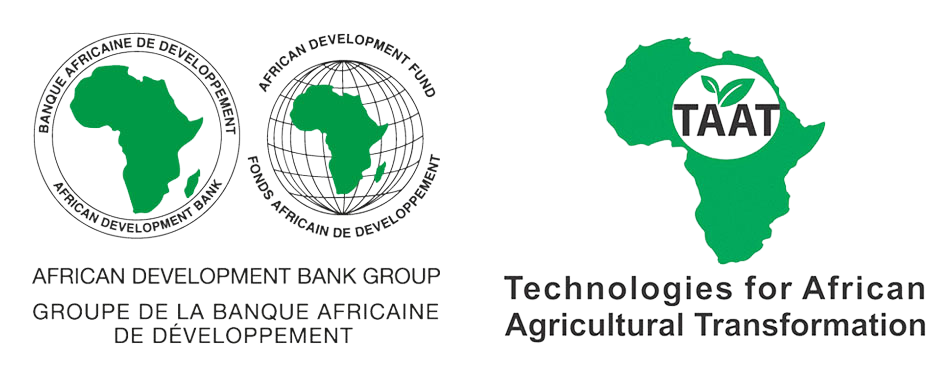

Transforming Cassava Farming Through Entrepreneurial Innovation!
The CSE Business Model is a streamlined, government-endorsed approach that trains and certifies local entrepreneurs in basic seed production, uses a simple digital platform for quality control, links producers to ready buyers through pre-agreed contracts, provides small-scale financing via local cooperatives, and is fully scalable—already delivering over 80 million disease-free cuttings worth USD 1.5 million in Tanzania and 34 million cuttings worth USD 220 000 in Nigeria each year.
This technology is pre-validated.
Adults 18 and over: Positive high
Increased access to quality seeds enhances productivity and income, improving livelihoods.
The poor: Positive medium
Access to affordable, certified seeds leads to higher yields and income, contributing to poverty alleviation.
Women: Positive high
With 32–34% female participation, the model promotes gender inclusion and economic empowerment.
Climate adaptability: Highly adaptable
The model is operational across diverse agro-ecological zones—including arid, semi-arid, sub-humid, and humid climates—demonstrating strong performance under varied weather and growing conditions
Farmer climate change readiness: Moderate improvement
Its improves farmer access to clean, certified seed, often of climate-resilient varieties, and supports agronomic training that helps farmers better cope with pest outbreaks and erratic weather patterns.
Biodiversity: Positive impact on biodiversity
By enabling the multiplication and distribution of a broader range of improved and disease-resistant cassava varieties, the model encourages varietal diversity and reduces the spread of pests and diseases.
Carbon footprint: A bit less carbon released
The decentralized nature of the seed system reduces long-distance transportation and reliance on repeated planting due to poor seed quality, leading to lower emissions compared to informal or government-led seed supply chains.
Environmental health: Moderately improves environmental health
The model promotes better agronomic practices and disease management, which can reduce the misuse of agrochemicals and improve the overall environmental conditions in farming communities.
Soil quality: Improves soil health and fertility
Cassava Seed Entrepreneurs are trained in proper land preparation and crop rotation practices, contributing to better soil structure and nutrient balance over time.
Water use: Same amount of water used
The model does not directly affect irrigation or water consumption. However, improved planting materials may indirectly improve water use efficiency through better crop establishment.
The Cassava Seed Entrepreneur (CSE) Business Model catalyzes sustainable seed systems by formalizing multiplication, quality certification and market linkages for certified cassava planting materials. It advances development priorities—food security, gender equity, climate resilience and private–public partnerships—while fostering self-reliant rural enterprises. To embed the CSE Model in your programmes, consider the following project-design activities:
Open source / open access
Scaling Readiness describes how complete a technology’s development is and its ability to be scaled. It produces a score that measures a technology’s readiness along two axes: the level of maturity of the idea itself, and the level to which the technology has been used so far.
Each axis goes from 0 to 9 where 9 is the “ready-to-scale” status. For each technology profile in the e-catalogs we have documented the scaling readiness status from evidence given by the technology providers. The e-catalogs only showcase technologies for which the scaling readiness score is at least 8 for maturity of the idea and 7 for the level of use.
The graph below represents visually the scaling readiness status for this technology, you can see the label of each level by hovering your mouse cursor on the number.
Read more about scaling readiness ›
Uncontrolled environment: validated
By the whole project team + project partners
| Maturity of the idea | Level of use | |||||||||
| 9 | ||||||||||
| 8 | ||||||||||
| 7 | ||||||||||
| 6 | ||||||||||
| 5 | ||||||||||
| 4 | ||||||||||
| 3 | ||||||||||
| 2 | ||||||||||
| 1 | ||||||||||
| 1 | 2 | 3 | 4 | 5 | 6 | 7 | 8 | 9 | ||
| Country | Testing ongoing | Tested | Adopted |
|---|---|---|---|
| Kenya | Testing ongoing | –Not tested | –Not adopted |
| Nigeria | –No ongoing testing | Tested | Adopted |
| Rwanda | Testing ongoing | –Not tested | –Not adopted |
| Tanzania | –No ongoing testing | Tested | Adopted |
This technology can be used in the colored agro-ecological zones. Any zones shown in white are not suitable for this technology.
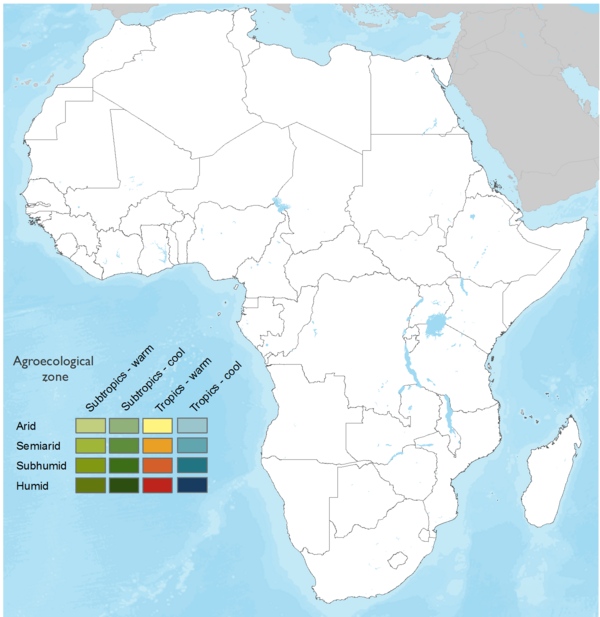
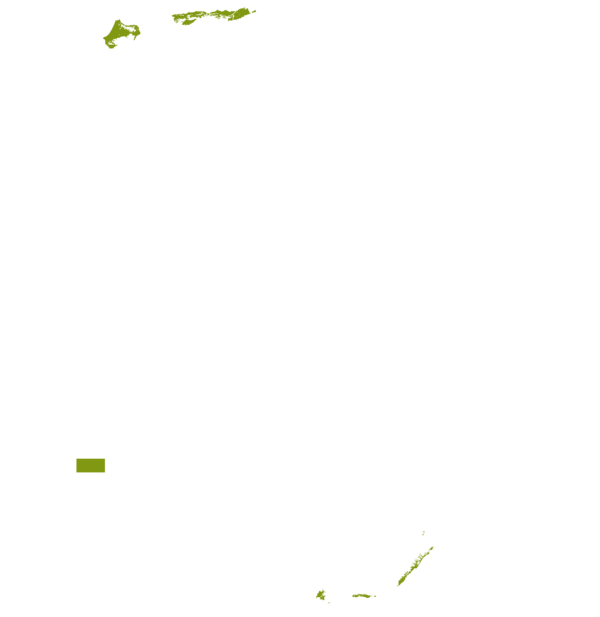

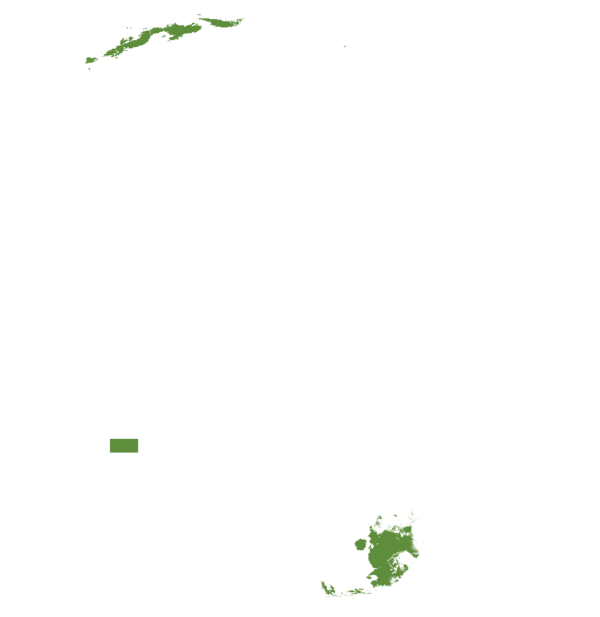
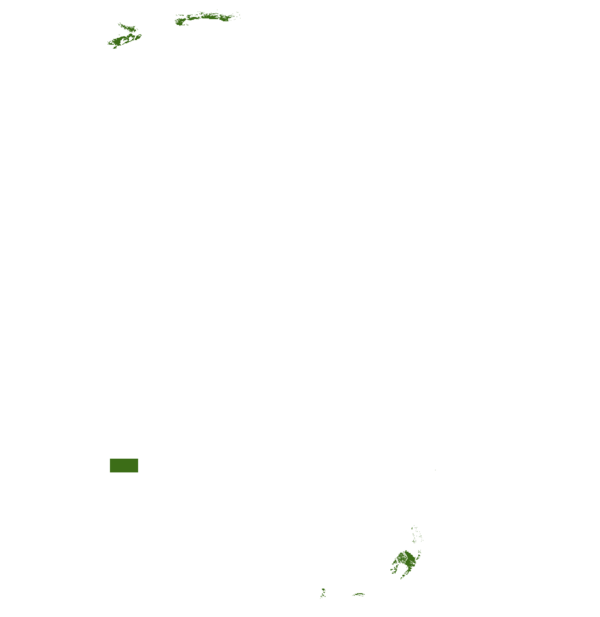

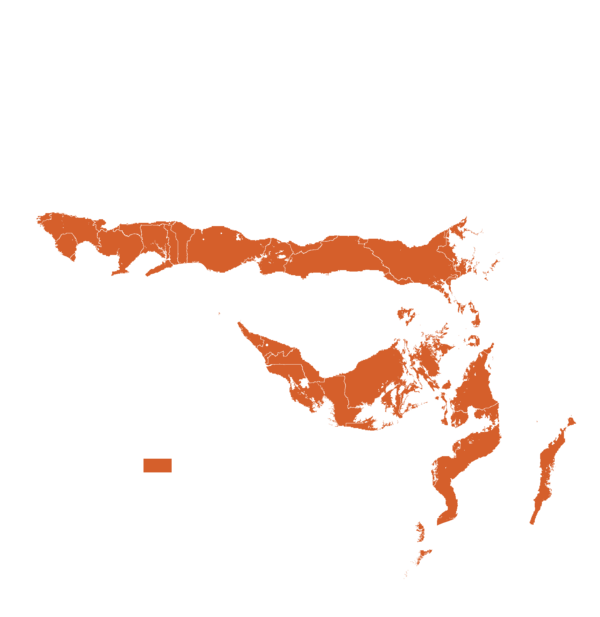


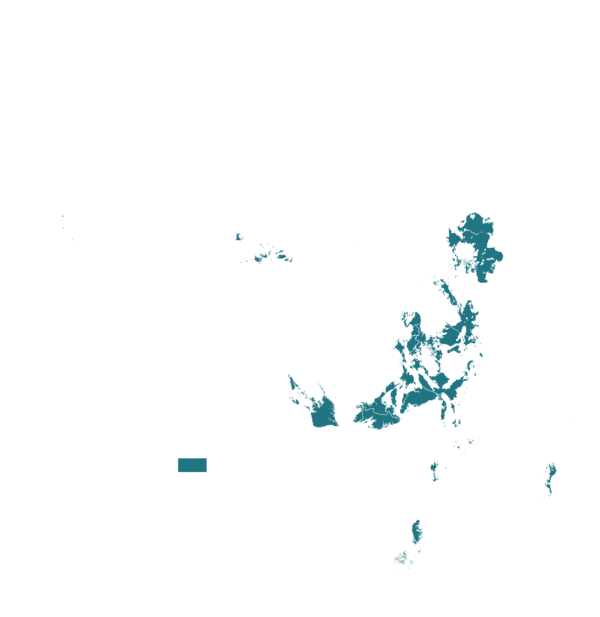
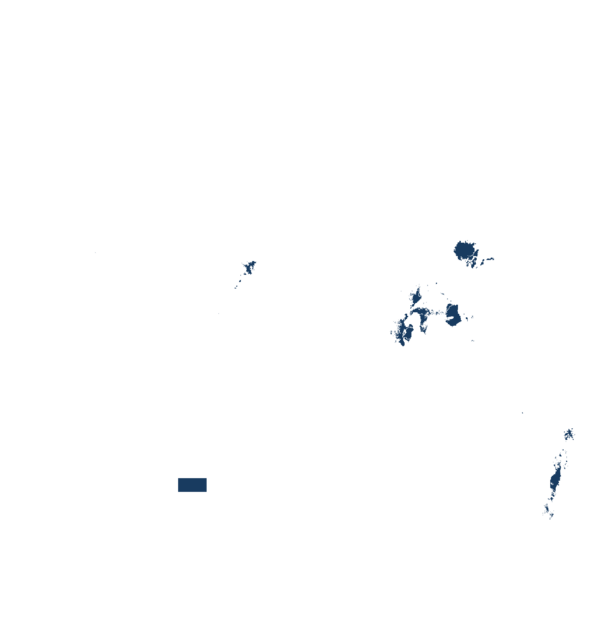
| AEZ | Subtropic - warm | Subtropic - cool | Tropic - warm | Tropic - cool |
|---|---|---|---|---|
| Arid | – | – | – | – |
| Semiarid | – | – | ||
| Subhumid | ||||
| Humid |
Source: HarvestChoice/IFPRI 2009
The United Nations Sustainable Development Goals that are applicable to this technology.
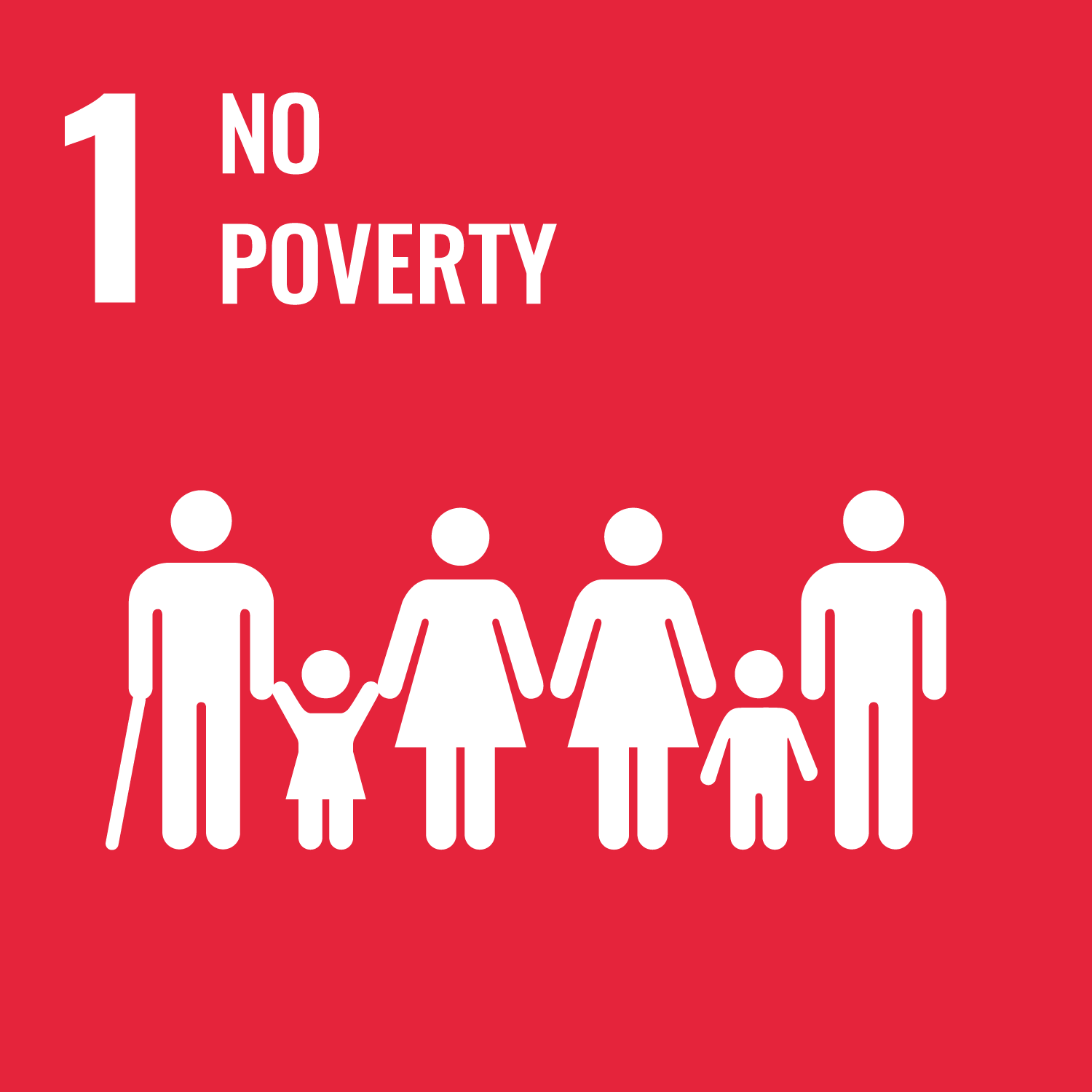
By boosting farmer incomes through higher yields and seed‐business revenue, it helps lift rural households out of poverty.

Clean, certified planting materials cut disease losses and raise cassava productivity, improving food security.
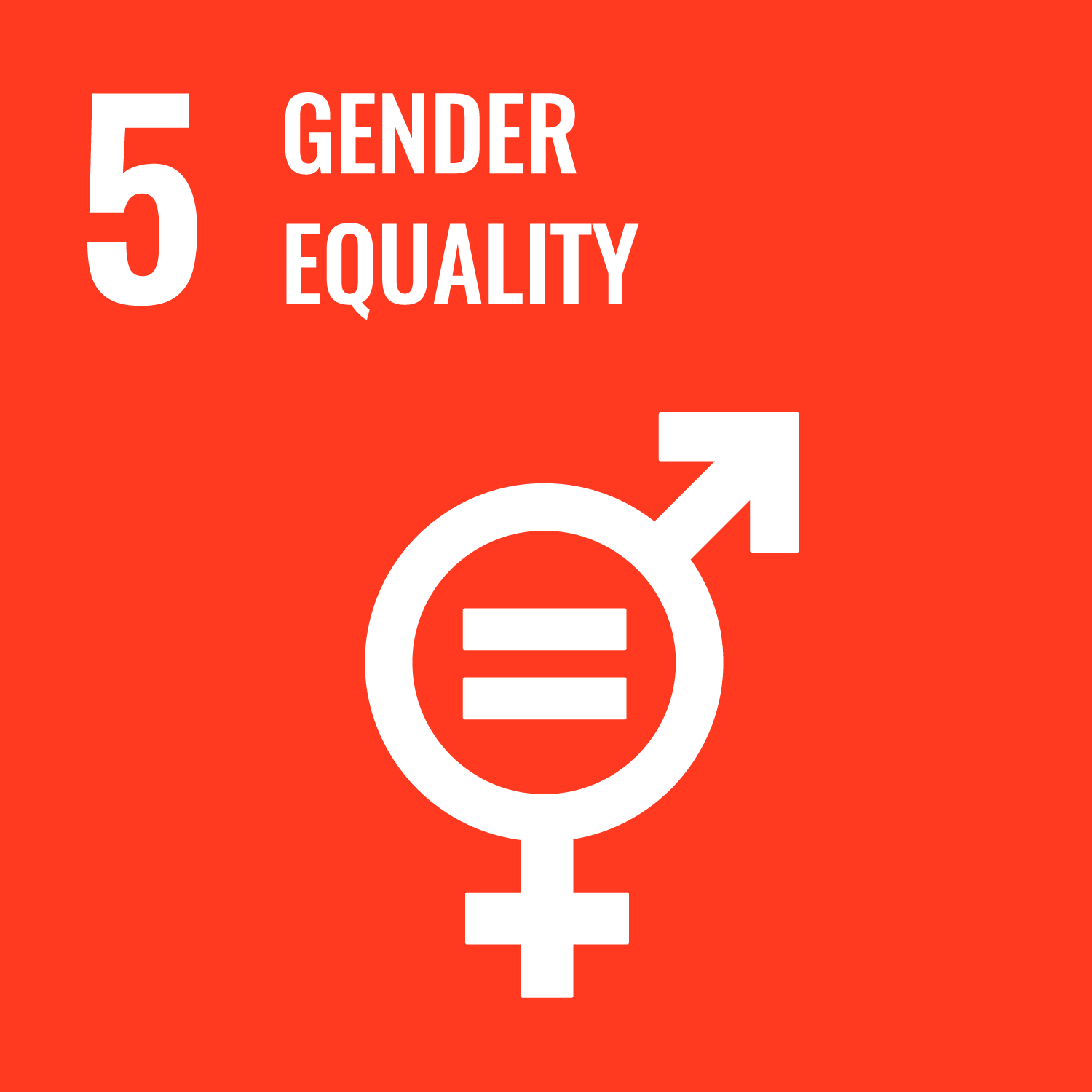
With 32–34 % female entrepreneur participation, it empowers women economically and promotes equal opportunity.
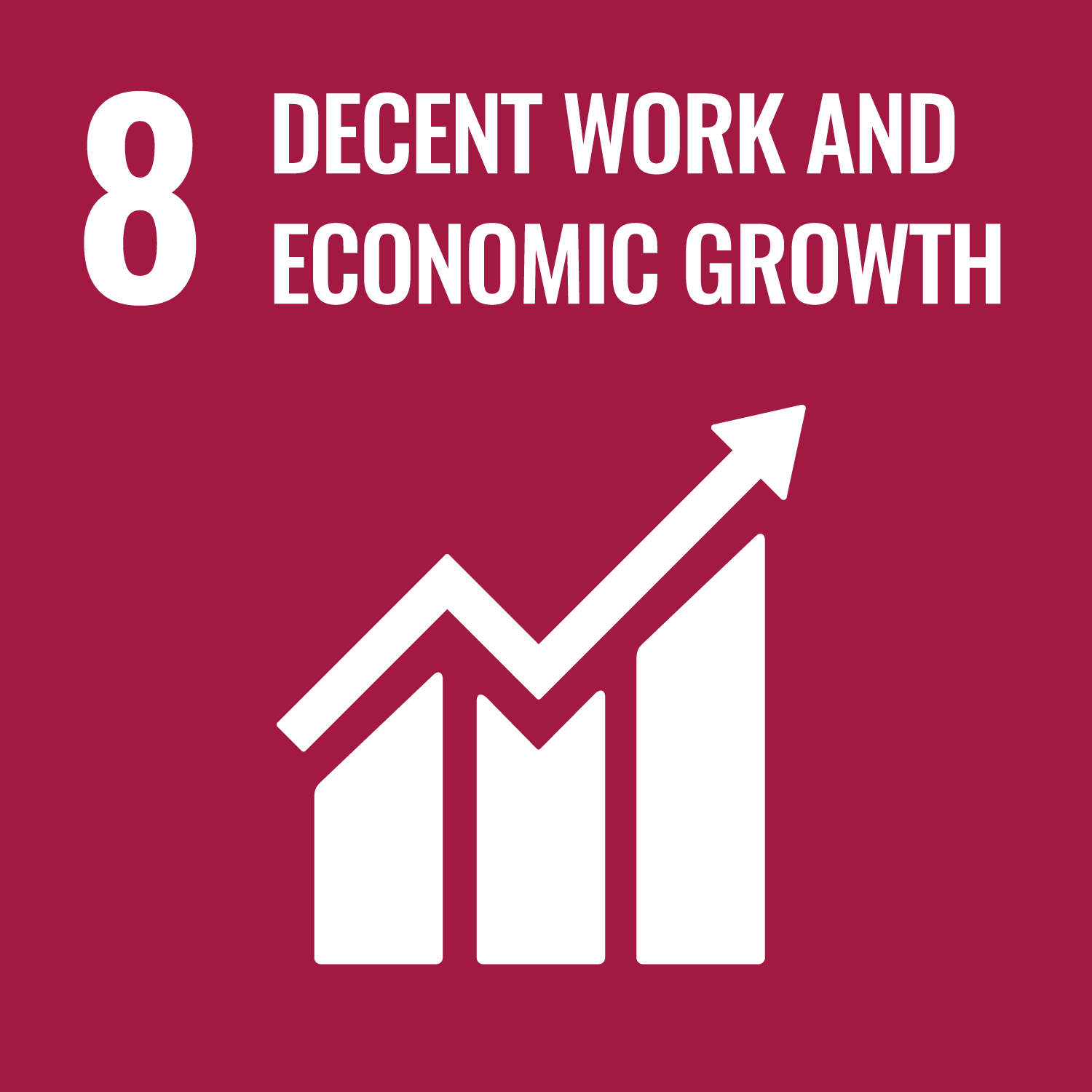
Fosters rural jobs and small enterprises in seed production, driving inclusive economic growth.

Leverages collaboration among governments, NGOs, finance institutions and private actors to scale impact.
Last updated on 28 November 2025